Australia is renowned for having being home to some of the deadliest creatures on the planet. The sea is full of man-eating sharks, it has the deadliest snakes on Earth and there is even a bird capable of killing a man – granted it can’t fly, but you get the picture. However, if australia is infamous for one particular group of terror inducing beasties it is our eight-legged friends the spiders. If you are arachnaphobic, which frankly most people seem to be, then Australia, with its 10,000 species of spiders could present a few problems.
Whilst all spiders are venomous in reality very few are capable of biting a human and even fewer pose any potential risk. In fact Australian spiders are statistically so un-dangerous that there hasn’t been a death from a spider bite since 1981. That’s puts them on a par with, er, wombats!
So, now you are in possession of the facts and realise there is nothing at all to be scared of allow me to introduce you to ten of Australia’s not so deadly spiders.
10. Common Garden Orb Weaver Spider
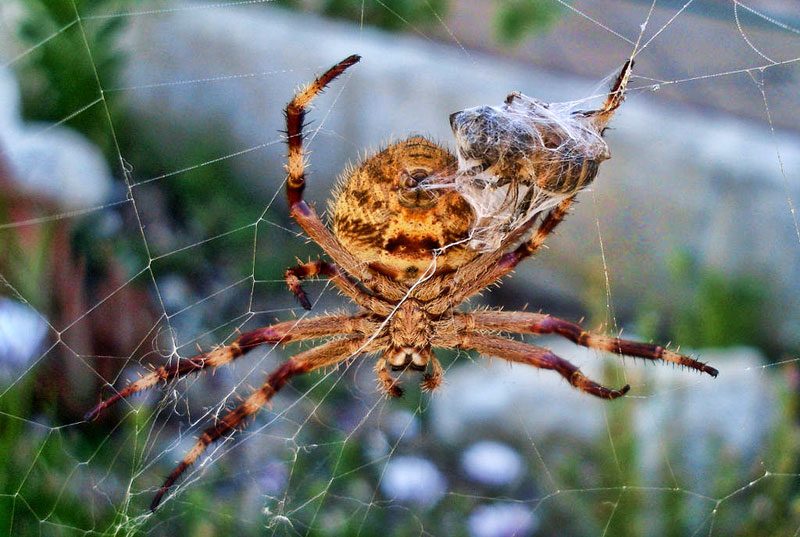
The name “common garden orb weaver spider” pretty much sums this spider up. It’s very common in Australian gardens where it weaves an intricate orb shaped web. It is similar to the garden spiders around the world with its big, bulky abdomen and distinctive patterning. Unlike the European garden spider the orb weaver (Eriophora transmarina) is nocturnal, often building its web close to lights where insects are attracted.
Despite being nocturnal this is one of the most commonly encountered spiders in Australia. It is not generally aggressive and will retreat and/or play dead if threatened. However, it is a large spider and will bite. In fact Eriophora accounts for more spider bites than any other species. Fortunately the bite is quite mild resulting in mild local pain and possible short term swelling.
9. Huntsman Spider
The Huntsman spiders are the archetypal big, hairy, fast moving spider of arachnophobes nightmares. They can have a leg span of up to 6ins (15cm) and are generally seen racing across walls. As the name suggests the Huntsman do not have a web and hunts prey such as cockroaches using speed.
These spiders are common across Australia and as a rule don’t bother anyone – well except for scaring the crap out of people! Although capable of biting they are not usually aggressive, an exception is when the female is guarding her eggs.
The bite is painful, but not dangerous. It can cause some systemic effects such as nausea, headache and palpitations but apparently not necrosis of tissue.
Perhaps the biggest danger posed by the Huntsman is its habit of entering cars. The sudden appearance of a large spider from behind a sun visor or racing across the dashboard has allegedly been responsible for several car crashes.
8. Sydney Brown Trapdoor Spider
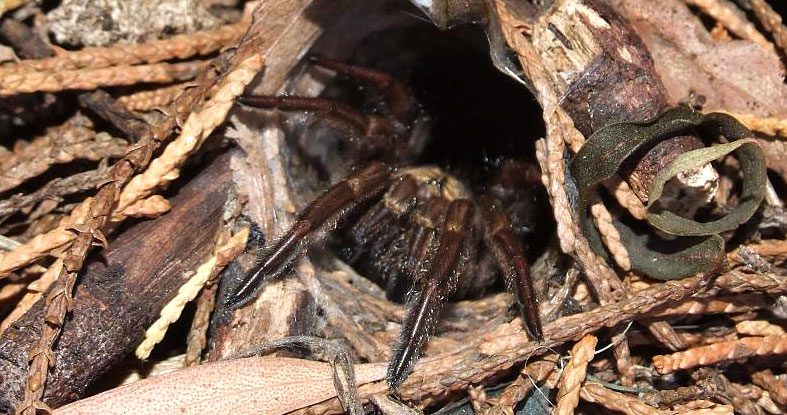
This trapdoor spider from the Misgolas family has the ability to strike terror into those who unwittingly disturb it. Whilst being a fairly scary looking spider in its own right, it is often mistaken for the notorious (and very dangerous) Sydney Funnel-web spider. Fortunately the Sydney Brown is nowhere near as venomous as the Funnel-web. The bite is undoubtedly painful but nothing beyond the usual swelling and mild systemic symptoms have been reported.
7. Black House Spider
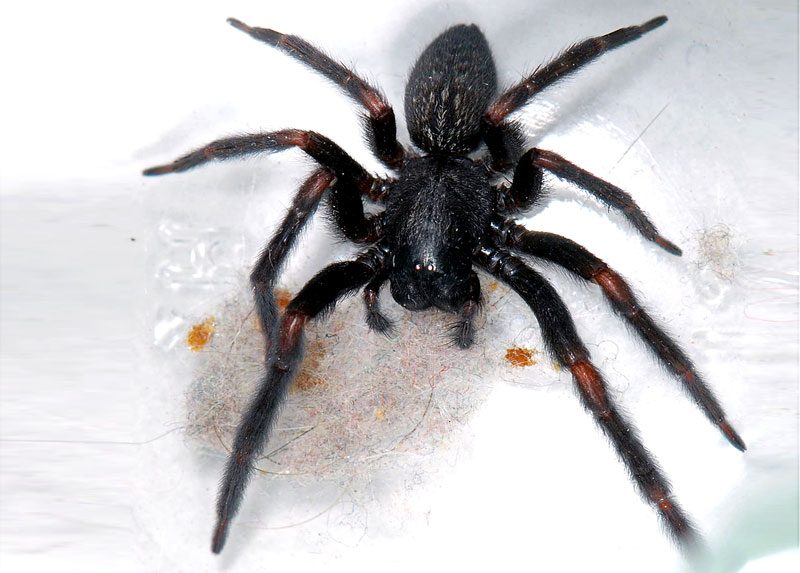
The black house spider (Badumna insignis) is, as its name suggests a black spider that often lives indoors. It is common throughout Australia and reaches a maximum leg-span of around 30mm. They build a tangled web with a funnel-like retreat in which they wait for dinner to arrive. These webs can become quite messy and extensive which is often the reason they come into contact with humans – i.e. when the feather duster comes out.
Although not considered dangerous, the bite from a black house spider is a notch or two above the previous two. The bite itself has been described as excruciatingly painful with local swelling following. Systemic symptoms may follow; the usual nausea, sweating, vomiting etc. In rare cases a mild necrosis has caused skin lesions, but this has only been after several bites.
6. White-tailed Spider
You know the White-tailed spider is going to be tough when you find out it hunts some of the other spiders on this list. They don’t have a web but instead stalk their prey by night with their particular favourite being the black house spider.
White-tailed spiders are widespread and common throughout Australia. They have a habit of wandering and are often found in the folds of clothes, towels and shoes. This inevitably brings them into contact with humans and explains why they feature so highly in the spider bite statistics.
The bite itself is the subject of some discussion. Now widely discredited, it was believed the bite from these spiders caused arachnogenic necrosis – i.e. the death of surrounding tissue leading to large open sores. It seems now that the bite of the White-tail is likely to result in localised pain and swelling with possibly some mild systemic effects.
5. Australian Tarantulas (Selenocosmia, Selenotholus, Selenotypus, and Phlogiellus )
The Australian tarantulas are, unsurprisingly, the largest spiders in Australia. With a leg span in excess of 9ins (22cm) and more alarmingly fangs of up to 1cm these spiders are equipped to dispatch fairly large prey. They are also the longest living of Australia’s spiders with some females reaching 30 years (the unfortunate male only lasts 8 years).
There are several groups of spiders referred to as tarantulas here; Selenocosmia, Selenotholus, Selenotypus, and Phlogiellus. Selenocosmia (as pictured above) are also known as the “Queensland whistling tarantula” or “barking spider” as it emits a hissing noise when provoked.
On looks alone the tarantulas deserve a place in the top 10. But as we all know these big spiders have a bark worse than their bite. Well, up to a point. Given the fangs are as big as some snakes it’s going to hurt. The venom isn’t as strong as some of the spiders on this list but it can result in some severe systemic effects such as vomiting for 6 hours. The spiders are more of a danger to pets and the bite is reported to be lethal to cats and dogs.
4. Fiddleback /Recluse Spider
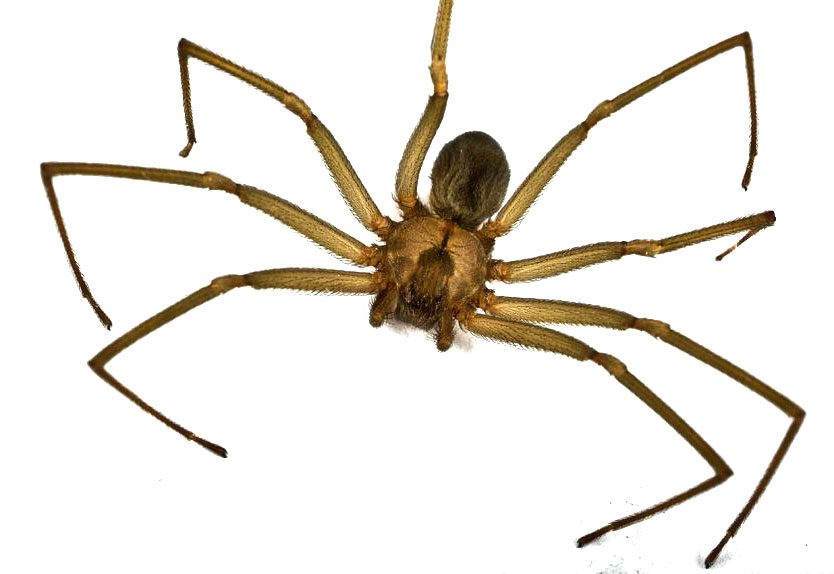
The recluse spider (Loxosceles) is rapidly becoming one of the most infamous arachnids on the planet. There are numerous images circulating on the internet of the effects of the bite one of these fairly innocuous looking spiders. It is the necrotic (flesh-eating) properties of the venom that has attracted all the attention. Bites resulting in large areas of skin and flesh being destroyed are not uncommon. These injuries are notoriously slow to heal and may require skin grafts. In the worst cases limbs have needed amputating and there have been many deaths attributed to Recluse spiders around the world.
It has even been suggested they are unaffected by some insecticides and they only make them more toxic and aggressive!
OK, so that’s the bad news! Fortunately, the Recluse is not known to be aggressive and bites are rare. The small fangs also limit the species ability to envenomate. In addition most bites are pretty unremarkable with only mild symptoms.
The really good news for Australians is the range of the Recluse spider seems to be very limited to small pockets and has not spread since they were introduced. That and there has never been a single case of envenomation by on of these spiders in 20 years of inhabiting Australia.
3. Mouse Spider
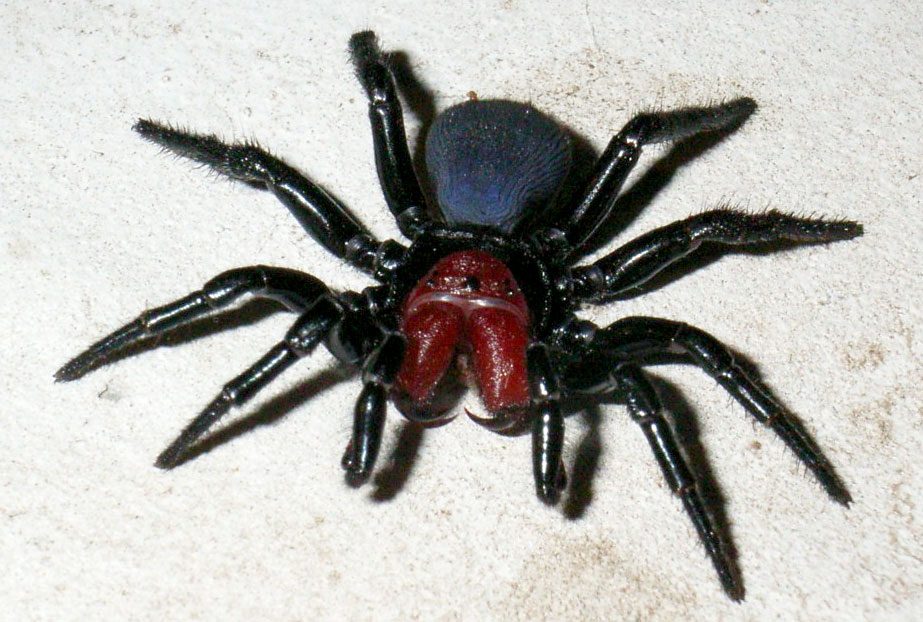
The photo above should be enough to convince you these guys mean business. The Red-headed Mouse spider is the most common of the ten species of Missulena. They are fairly common throughout Australia and live in burrows similar to those of the trapdoor spiders. The spider’s powerful jaws and venom allow them to tackle prey as big as small lizards, mammals and frogs.
It is fairly unsurprising that the Mouse spiders are capable of inflicting a nasty bit on humans. The toxicity of the venom varies between species but it is said that the most potent is as dangerous as that of the Sydney Funnel-web spider. It is therefore fortunate that funnel-web spider antivenom is effective on mouse spider bites.
2. Redback Spider

The Redback spider is one of the most iconic of Australia’s venomous spiders. Instantly recognisable by the strip of red on the upperside of its abdomen this is not a spider to be messed with. Redbacks are part of the Latrodectus family along with the equally infamous Black Widows and their are many similarities. Perhaps the most important of these is the strength of the venom – it is the strongest of any Australian spider. The effects of this powerful toxin range from localised pain to a systemic condition known as latrodectism. Symptoms include pain and swelling spreading from the affected area, abdominal cramps, nausea and sweating to name a few. This condition occurs in around half of bites and can be fatal in the very old and young.
Unlike with many of the other spiders on this list, being bitten by a Redback is not unusual. It is estimated that between 2,000 to 10,000 people are bitten by these spiders every year. Even more alarming is the high incidence of bites to the gentialia, although happily this seems to be a dying trend as outhouses are replaced by indoor toilets.
Fortunately there is an effective antivenom to the Redback bite. Developed in the 1950s there has not been a fatal bite since then. Still, one to avoid though!
1. Sydney Funnel-web Spider
The Sydney Funnel-web Spider (Atrax robustus) is possibly the most dangerous spider in the world. Both aggressive and capable this little horror has proven deadly on a number of occasions. There are a number of factors that ensure the Funnelweb’s place in the arachnophobes hall of fame; firstly they are aggressive. Whilst the vast majority of spiders will attempt to avoid confrontation, the Sydney Funnel-web will attack and attempt to bite whatever threatens it. In attacking the spider will cling onto the victim, biting repeatedly to make sure a full dose of venom is given.
In addition to this willingness to bite the Sydney Funnel-web has a prodigious set of fangs. Pointing straight down these hollow fangs are bigger than some snakes and can be slammed into the prey with considerable force. It is said that the Sydney Funnel-web’s fangs can penetrate shoe leather and fingernails. With this devastating delivery mechanism the spider injects an appropriate dose of powerful atraxotoxin; a small amount for a fly but both barrels and full envenomation for anything that threatens it.
Unusually for spiders it is the male funnel web that delivers the deadliest bite with the venom being around 6 times stronger. This neurotoxin is especially toxic to primates, attacking the nervous system within minutes. Although only 20% of bites cause a severe reaction the symptoms encountered can be extreme including muscle spasms, palpitations, vomiting, confusion and swelling of the brain. Deaths have occurred within 15 minutes of envenomation.
Records suggest that the Sydney Funnel-web Spider has been responsible for 13 deaths over the years and where recorded these have been attributed to the male spider. However, since the introduction of an antivenom in 1981 there have been no fatalities.
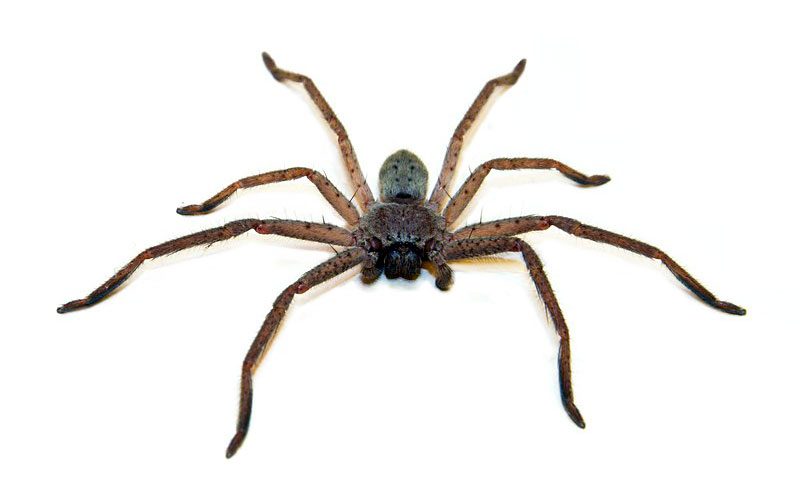

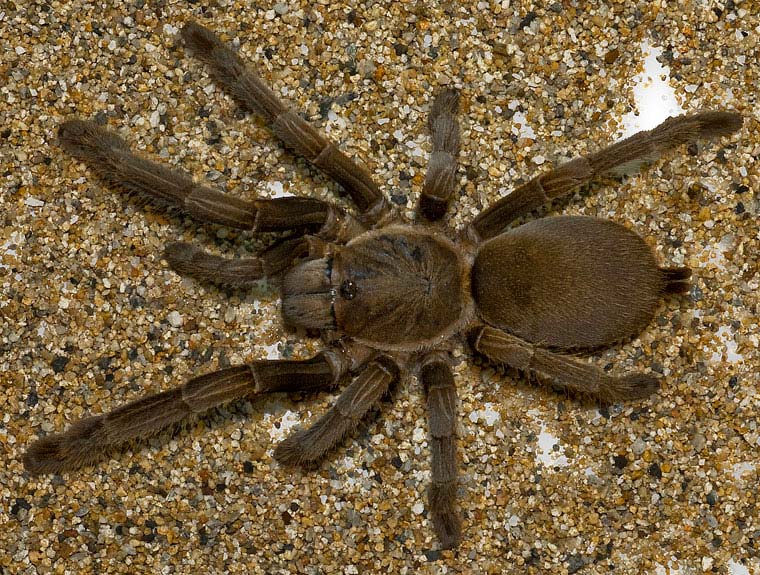

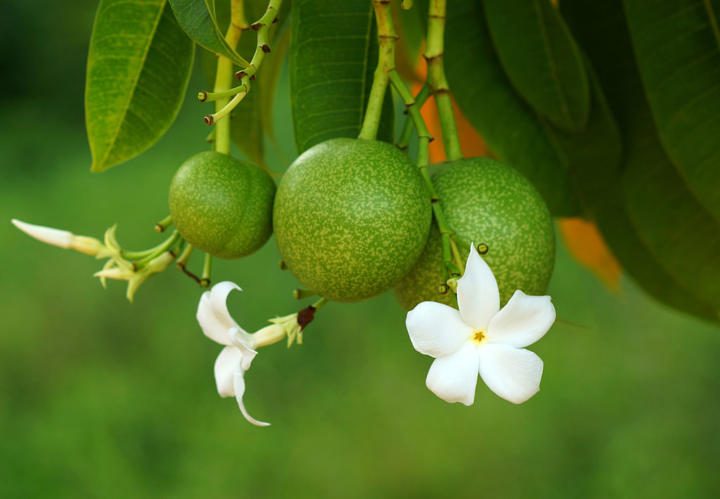
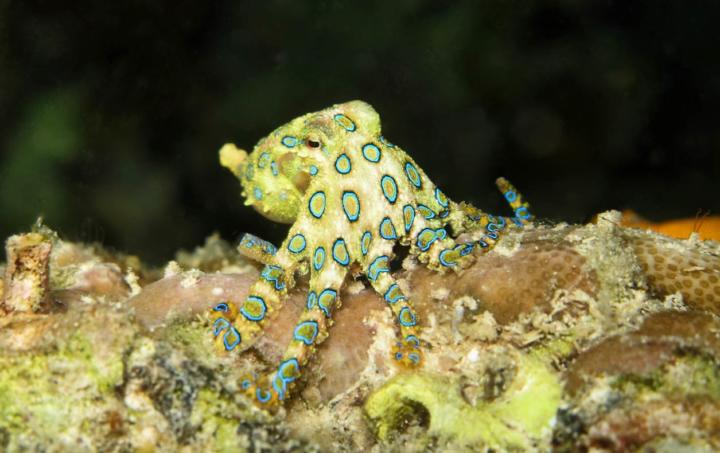

This article is shite. There are only 2 species of dangerous spider in Australia. Yes, that’s right. Only 2 species have ever killed anyone in Australia. No-one has died from a Red-backed bite for over 60 years. And no-one has died from a Funnel-web bite for over 25 years. Sensationalist, unscientific and poorly-researched crap.
Yes, article says all this you fucking halfwit
my grandad kills spiders